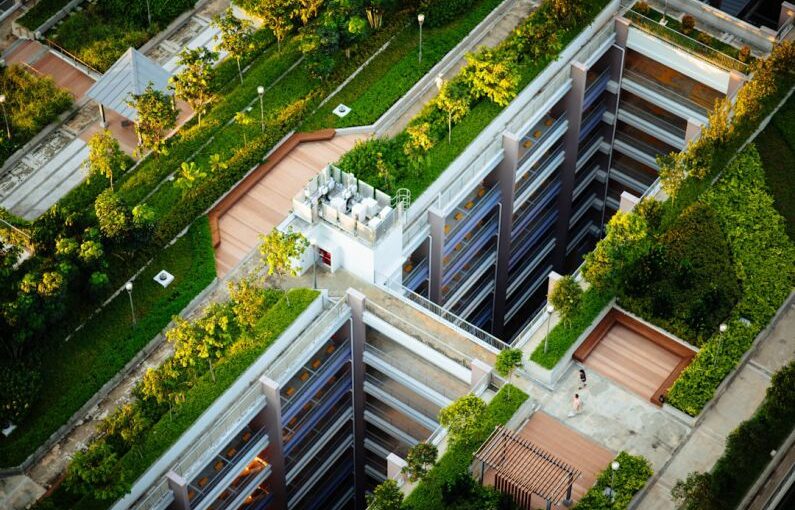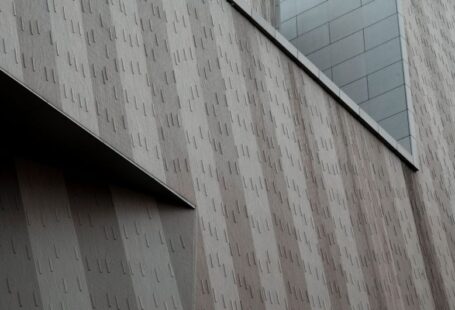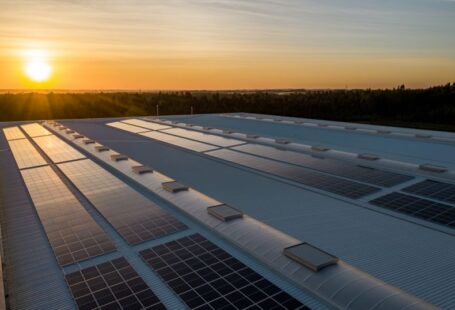In recent years, the concept of green buildings has gained significant traction in the architecture and construction industries worldwide. These sustainable structures are designed to minimize environmental impact, reduce energy consumption, and promote a healthier living environment. One of the key elements of green building design is the integration of renewable energy sources such as solar power. In Indonesia, a country blessed with abundant sunlight throughout the year, the incorporation of solar energy in architecture holds tremendous potential for promoting sustainability and addressing energy challenges.
Harnessing the Power of the Sun
Solar energy is a clean and renewable source of power that can be harnessed using photovoltaic (PV) panels. These panels are typically installed on rooftops or integrated into building facades to capture sunlight and convert it into electricity. Indonesia, with its equatorial location, receives ample sunlight, making it an ideal candidate for widespread adoption of solar energy in its architecture. By harnessing the power of the sun, buildings can generate their electricity, reducing reliance on fossil fuels and decreasing greenhouse gas emissions.
Promoting Sustainability Through Design
The integration of solar energy in Indonesian architecture not only reduces the carbon footprint of buildings but also promotes sustainability in the built environment. Green buildings that incorporate solar panels benefit from reduced energy costs, increased property value, and improved indoor comfort. Additionally, by generating clean electricity on-site, these buildings contribute to the overall energy independence of the nation and help mitigate the impact of climate change.
Architectural Innovation and Aesthetics
Integrating solar energy into building design requires a creative approach that blends functionality with aesthetics. Architects in Indonesia are exploring innovative ways to incorporate solar panels seamlessly into the architectural elements of a structure, creating visually appealing and environmentally sustainable buildings. By integrating solar panels into facades, awnings, or shading devices, architects can harness solar energy without compromising the overall design aesthetic of the building.
Challenges and Opportunities
While the integration of solar energy in Indonesian architecture holds great promise, there are challenges that need to be addressed to realize its full potential. One of the primary obstacles is the initial cost of installing solar panels, which can be prohibitive for many building projects. However, with advancements in technology and government incentives for renewable energy, the cost of solar panels is gradually becoming more affordable, making it a viable option for more developments.
Another challenge is the lack of awareness and education about the benefits of solar energy among architects, developers, and the general public. By providing training and information on the advantages of solar power, Indonesia can accelerate the adoption of solar energy in its architecture and move towards a more sustainable built environment.
Government Support and Policy
To promote the integration of solar energy in Indonesian architecture, government support and policy play a crucial role. By offering incentives such as tax breaks, rebates, and subsidies for green building projects, the government can encourage developers to incorporate solar panels in their designs. Additionally, implementing building codes and standards that mandate the use of renewable energy sources can further drive the adoption of solar energy in the construction industry.
The Way Forward: Advancing Green Architecture
As Indonesia continues to urbanize and develop, the integration of solar energy in its architecture will be vital for promoting sustainability and reducing the environmental impact of the built environment. By embracing innovative design solutions, investing in renewable energy technology, and fostering collaboration between architects, developers, and policymakers, Indonesia can lead the way in green building design and set a positive example for sustainable development in the region.
In conclusion, the integration of solar energy in Indonesian architecture represents a significant opportunity to promote sustainability, reduce energy consumption, and create a healthier living environment. By harnessing the abundant sunlight available in the country, architects and developers can design buildings that not only look aesthetically pleasing but also contribute to a more sustainable future for Indonesia. Through collaboration, innovation, and government support, the vision of green buildings powered by solar energy can become a reality, setting a new standard for sustainable architecture in the country.





